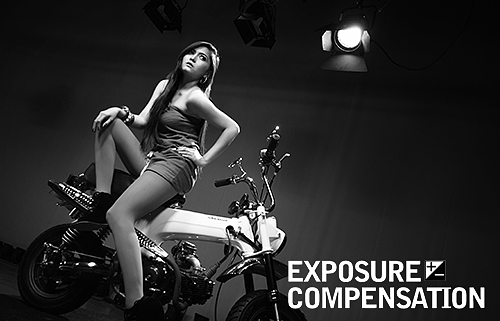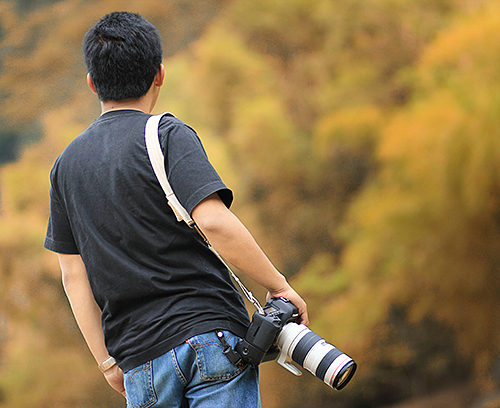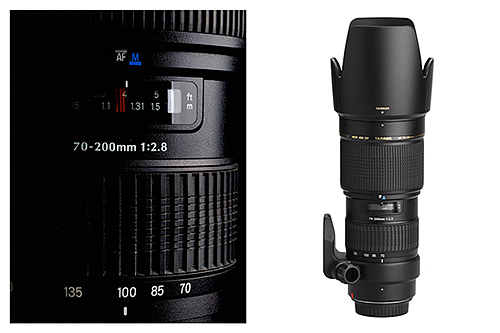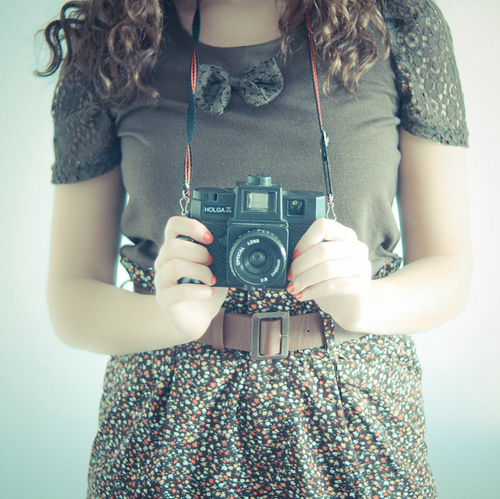What We Need to Know About Exposure Compensation in Photography
The use of control or button +/- on our DSLR camera is the simplest way to make an image look lighter or darker. This feature is in almost all cameras, be it digital or analog, amateur or professional cameras. What is the simple definition of exposure compensation? The simple description of this feature is that it allows you as a...
The Orbs Phenomenon Based on The Theory of Photography
There is a friend of mine who once told me a story “yesterday, I went to an old house which is said to be haunted. Did you know what happened when I was taking a picture in an empty room? There were some mysterious circular lights and I am quite sure that at the moment, there were nothing...
How to Safely Carry Your Camera
If you’re a DSLR camera user, there’s a simple and quick tip to protect your lens and camera, especially when you’re using a telephoto lens attached to your camera body. Do pay attention to the way you carry your camera on your shoulder. Pay close attention to the two images below and note the difference between the two. ...
Tamron and Tokina Lens Codes and What They Mean
A short while ago, I've made a post explaining the meaning in different Sigma lens codes. Now, in this post, I'll explain the meaning codes for Tamron and Tokina lenses. They are as follows: Tamron Lenses Di – Digitally Integrated. Lenses with this code has a coating optimized for digital cameras. Di-II – This is similar to the Di....
Lomography Techniques
Photo by : Ciel Photography on Flickr As what was done by the two pioneers of this field of photography, lomography has developed into a photographic technique that ignores the existing rules. When executing conventional photography techniques, a lot of rules must be adhered to (e.g. shutter speed, ISO, and aperture) to create a good photography. Meanwhile, those...




















